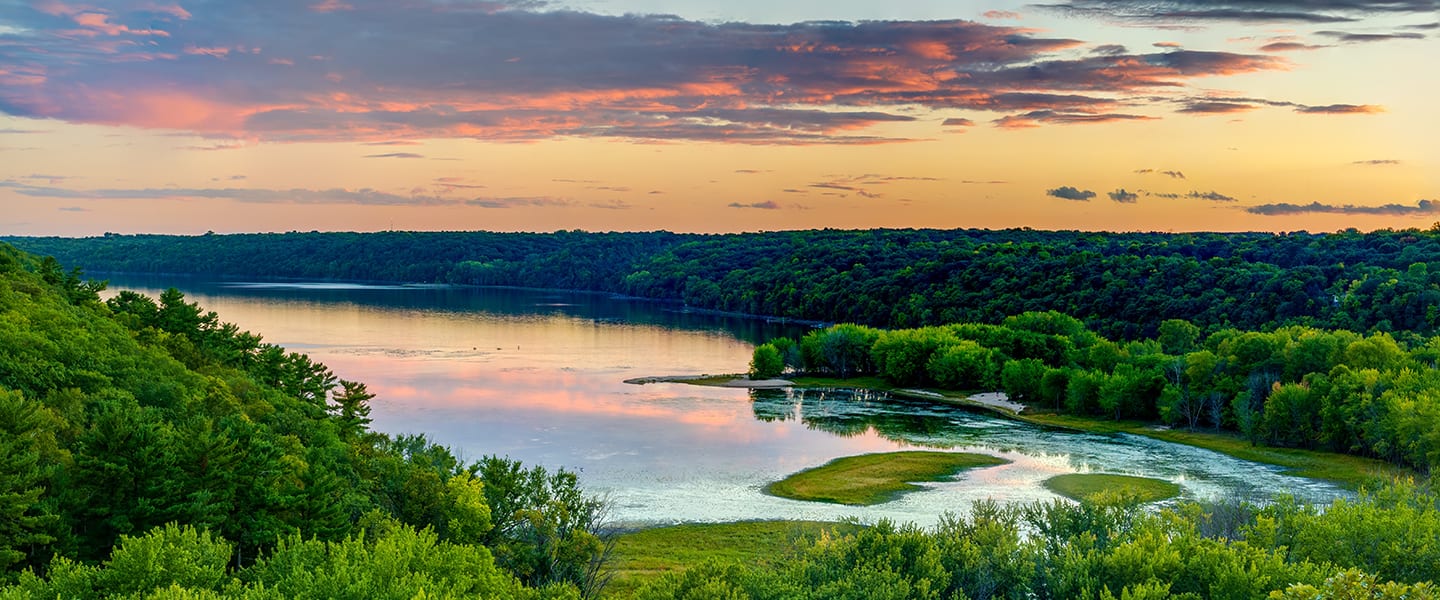Residential Care Home in Wisconsin

Overview of Residential Care Home in Wisconsin
Wisconsin sits in the northern portion of the Midwest and is often referred to as “America’s Dairyland,” due to the state’s large number of dairy farms. Besides having great cheese, Wisconsin is known as a northern oasis, with many lakes and streams throughout the state – Wisconsin has some of the highest concentrations of fresh water in the country. Popular local pastimes include fishing, boating, hunting, and cheering on the Green Bay Packers. Whether you prefer spending time outdoors or enjoy living in a major city like Milwaukee, Wisconsin has got you covered.
Top-rated Residential Care Home facilities in Wisconsin
Country Terrace Assisted Living-Rhinelander North
After being in a Memory Care Facility in Rhinelander for 6 months, we noticed that my Mother in law was not thriving the way she should have been I reached out to A Place For Mom again and they helped me...
Timberwood Lodge Assisted Living and Memory Care
I would highly recommend the Timberwood Lodge Assisted Living and Memory Care community. Staff is very friendly and helpful. Place is clean. My Mom is very well taken care of. The place now has a dog,...
HELEN'S HOUSE Long-Term Care Households
Helen’s house treats my loved one like family! I have never seen any of the caregivers ignore any residents at the house my loved one is at- and I’m there at least 4 x a week. I love hh and I am so...
Top-rated Residential Care Home facilities in Milwaukee
See top facilitiesCambridge Castle
My mother had Alzheimer’s and lived at Cambridge Castle. The staff at Castle Senior Living was excellent. They were very compassionate and attentive to her needs. The small setting was ideal and I would...
Castle Ridge
She is doing real well, to my surprise and satisfaction. All of our friends and relatives who visit comment on how much they like it and how happy she is. We have no complaints, great communications with...
Top-rated Residential Care Home facilities in Brookfield
See top facilitiesCastle Ridge
She is doing real well, to my surprise and satisfaction. All of our friends and relatives who visit comment on how much they like it and how happy she is. We have no complaints, great communications with...
Top-rated Residential Care Home facilities in Madison
See top facilitiesTimberwood Lodge Assisted Living and Memory Care
I would highly recommend the Timberwood Lodge Assisted Living and Memory Care community. Staff is very friendly and helpful. Place is clean. My Mom is very well taken care of. The place now has a dog,...
Deerfield Place Assisted Living
It's a nice home-like setting as opposed to a large facility. The owner and all of the staff are very friendly and welcoming. I am very happy overall with what they have to offer and all of their services.
So Close to Home
I really like the care from this community. The staff is very caring and attention. They offer a good menu and variety. The activities are very helpful to the good care. We would recommend the care and value...
Top cities in Wisconsin for care homes
Find residential care home in other states
Other senior living options in Wisconsin
Find assisted living near you
The information contained on this page is for informational purposes only and is not intended to constitute medical, legal or financial advice or create a professional relationship between A Place for Mom and the reader. Always seek the advice of your health care provider, attorney or financial advisor with respect to any particular matter, and do not act or refrain from acting on the basis of anything you have read on this site. Links to third-party websites are only for the convenience of the reader; A Place for Mom does not endorse the contents of the third-party sites.
Please enter a valid email address.
A Place for Mom is paid by our participating communities, therefore our service is offered at no charge to families. Copyright © 2024 A Place for Mom, Inc. All Rights Reserved. Privacy & Terms. Do Not Sell My Personal Information.